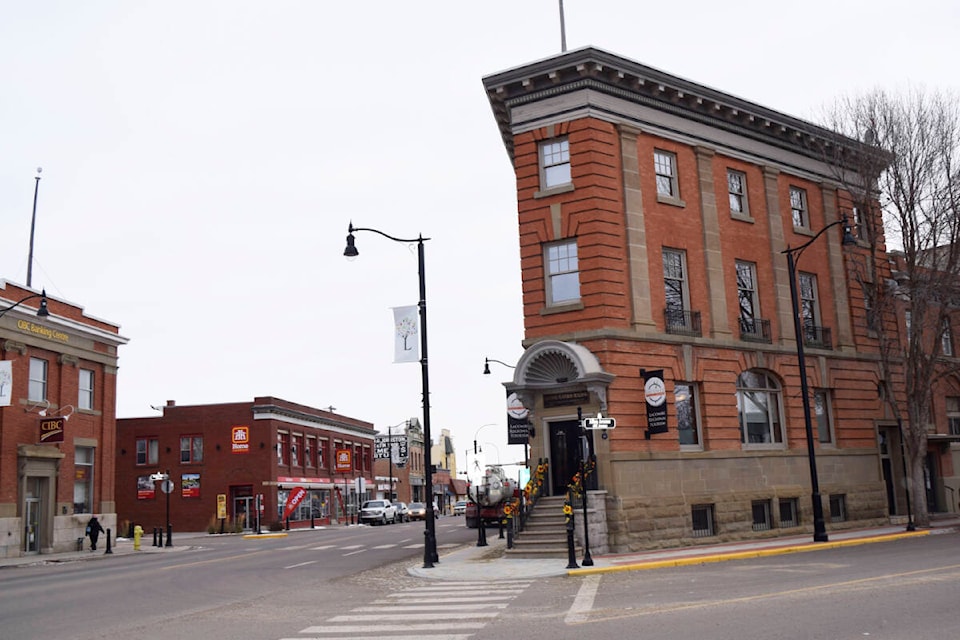City of Lacombe continues to grow but at a slower pace.
According to the 2021 federal census, the population grew by 339 people to 13,396 people — a 2.6 per cent increase from the last Statistics Canada census in 2016. That growth rate is significantly lower than the 8.9 per cent growth between both the 2011-2016 and 2006-2011 time periods.
By comparison, Red Deer grew at a modest 0.4 per cent — 100,418 in 2016 to 100,814 in 2021. Blackfalds population surged 12.2 per cent — 10,470 in 2021, compared with 9,328 in 2016. Sylvan Lake’s population grew eight per cent — to 15,995 from 14,816 in the 2016 count. Penhold also attracted a number of new residents, growing six per cent to 3,484 from 3,287.
Canada’s largest municipalities grew at an average rate of 5.2 per cent. In Alberta, Cochrane led communities with 24.5 per cent growth over five years.
However, the community’s population is not far off the 14,126 people projected in the city’s Municipal Development Plan, which is the prime planning document used to map out future development. The plan anticipates population growth averaging 1.75 per cent a year, which would see the community’s population reach 15,218 by the time of the next federal census in 2026 and 16,394 by 2031.
“Overall, the City of Lacombe is on track to grow as projected,” senior development officer Beth McLachlan told city council recently.
Municipal head counts are not without controversy. The Alberta government’s Regional Dashboard says Lacombe’s population grew from 13,365 in 2016 to 13,907 — just over four per cent. However, the 2021 population was supposedly 13,914 in 2020, suggesting the community actually lost a little population.
Mayor Grant Creasey took little stock in the suggestion Lacombe lost residents.
“Those are some interesting numbers, for sure,” he said. “If those are an indication of what a shrinking community looks like then bring it on because we’ve got more business development and residential development than there’s been in Lacombe’s history.
“There are some reporting issues, or accounting ones.”
The census shows that Lacombe’s demographic profile is similar to many other Alberta communities and the provincial average. The percentage of Lacombe residents in the 0-14 age bracket is 19.7, slightly below the 20.1 per cent among 13 comparable communities.
In all 13 communities, the percentage of residents 65 or older increased in the last five years. On average, about 17.4 per cent of residents are seniors. Lacombe’s ratio is slightly higher at 18.8 per cent.
Those numbers are expected to rise. About 19 per cent of Canadians are seniors, a percentage expected to increase to 23 per cent by 2031 as the Baby Boomers (people born between 1946 and 1965) age.
In the 15-64 age group, Lacombe’s percentage was 63 per cent, compared with 66 per cent province-wide and 65 per cent nationally.
Comparisons with previous censuses is difficult because the age ranges have changed. In 2016, the first age group was 0-19, but that was changed to 0-15, putting a significant number of younger people in the mid-range age category for 2021.
Lacombe senior development officer Beth McLachlan said many Alberta municipalities actually saw their populations decrease since the 2016 census because of the economic downturn, which reduced the province’s overall population.
